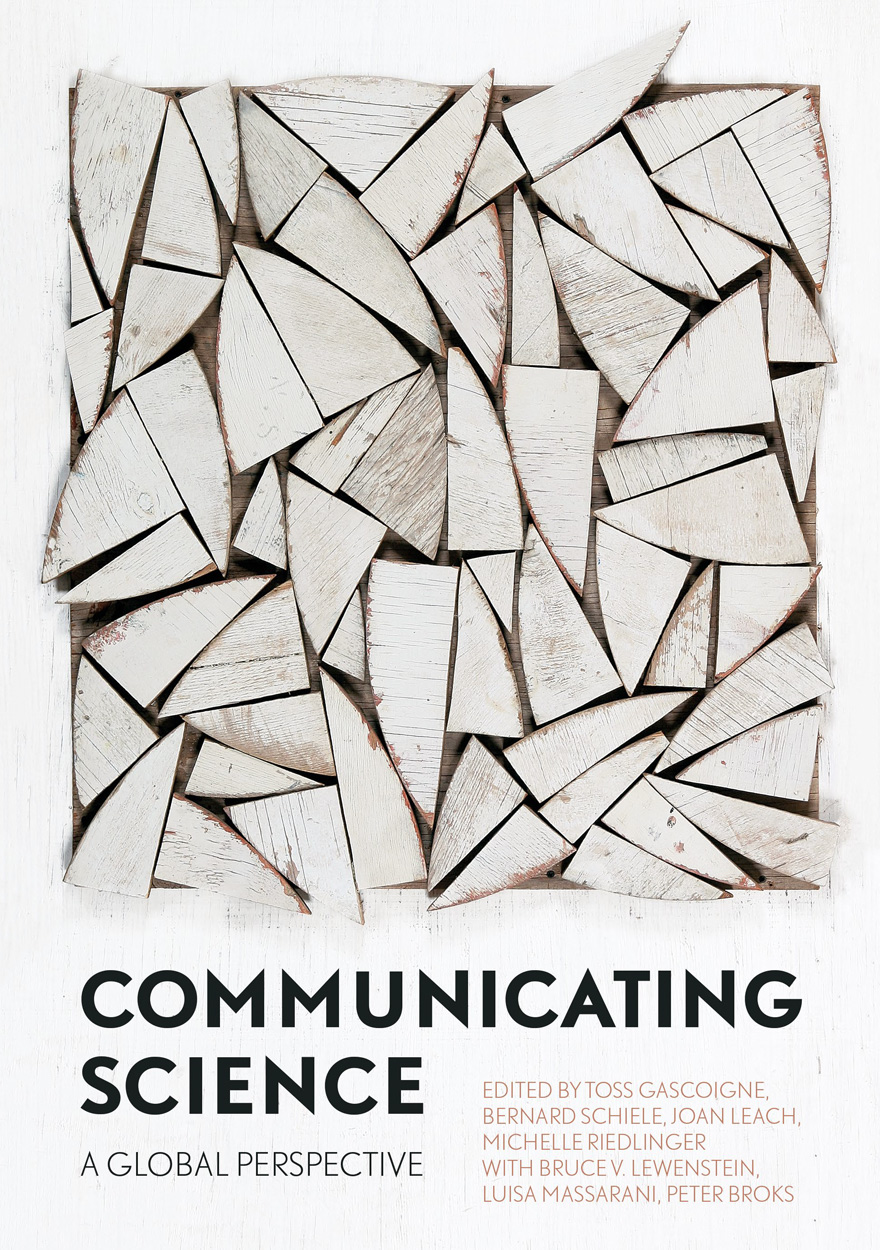New Book Features National Stories of Science Communication
| |
How did science communication emerge as a field of study and a body of practice? How has development varied from one country to another? What motivated governments, institutions, and people to regard it as answer to social position of science? Australian National University (ANU) released the book, Communicating Science: A Global Perspective, which answers these relevant questions.

The book describes the science communication pathways followed by 39 countries, representing all continents and several cultures. Some countries told their stories on science communication for the first time. The book also charts the investments around the globe in science centers, university courses and research, publications, and conferences related to science communication.
One of the key stories in the book was the development of science communication in the Philippines as told by Garry Jay S. Montemayor, Mariechel J. Navarro, and Kamila Isabelle A. Navarro. Following recommendations of experts, a group of Filipinos facilitated the formation of ISAAA Global Knowledge Center on Crop Biotechnology in 2000. To reach out to specific locations, Biotechnology Information Centers (BICs) in Asia, Africa, and Latin America established. The BICs have been instrumental in addressing communication challenges such as connecting science and society, popularizing genetic engineering, increasing public awareness of biotech, and strategizing communication in biotech crop commercialization.

ISAAA Global Coordinator, Dr. Mahaletchumy Arujanan, and colleagues, laid out how science is effectively communicated in the pluralistic society of Malaysia. They presented the tools and strategies implemented, as well as the challenges and recommended actions as way forward.
Read the chapters on the Philippines and Malaysia for more details.
| Newer Post | Archive | Older Post |
Science Speaks is ISAAA Inc.'s official blog. Weekly blog articles, authored by ISAAA writers, partners, and invited contributors, aim to help share, disseminate, and promote scientific knowledge and its vital role in achieving global agricultural sustainability and development. Your support to Science Speaks will help us achieve this goal. You can help us by donating as little as $10.

